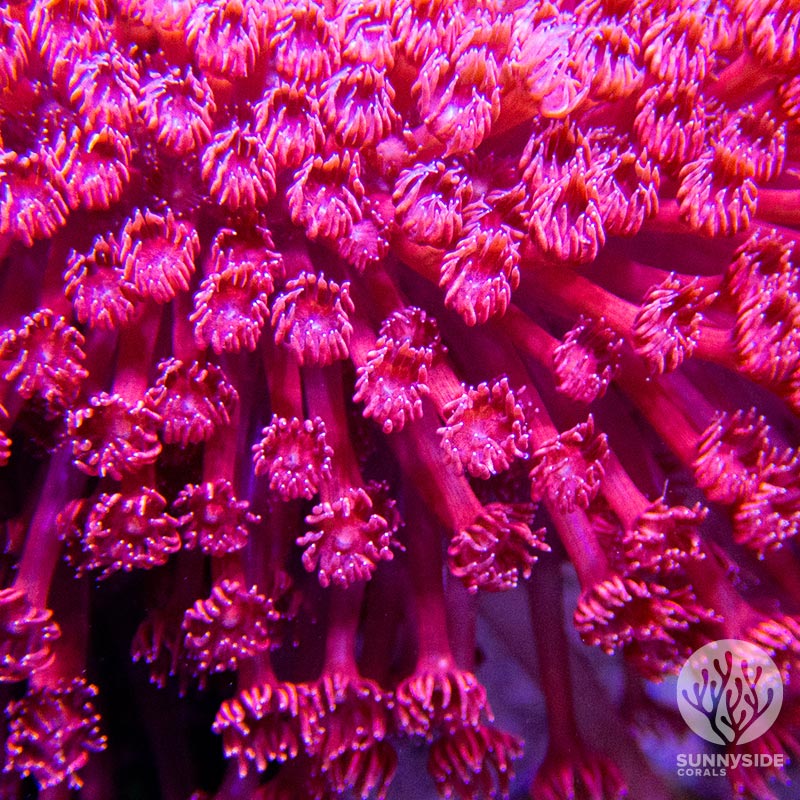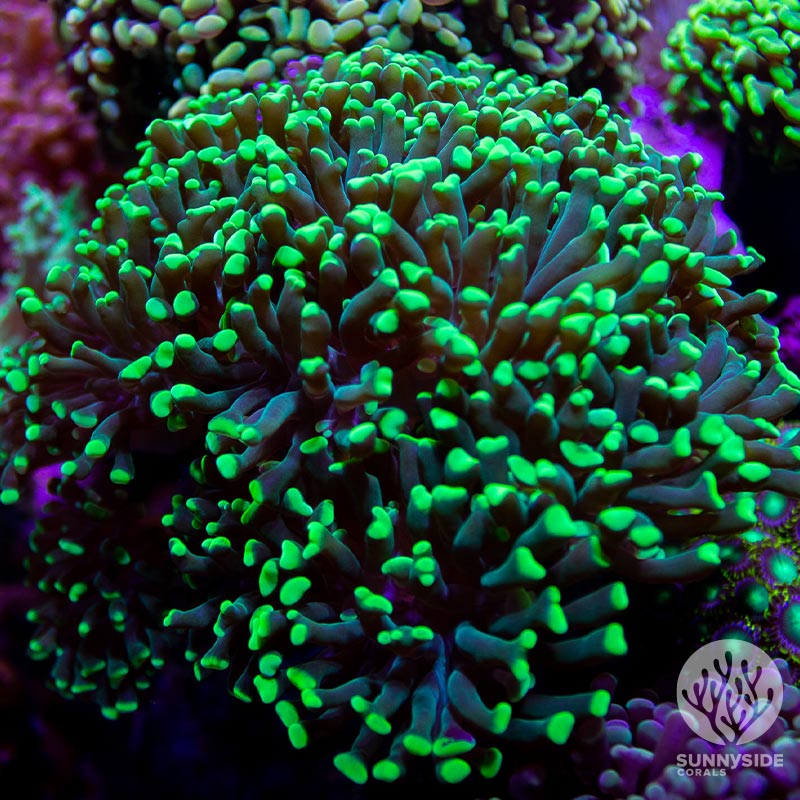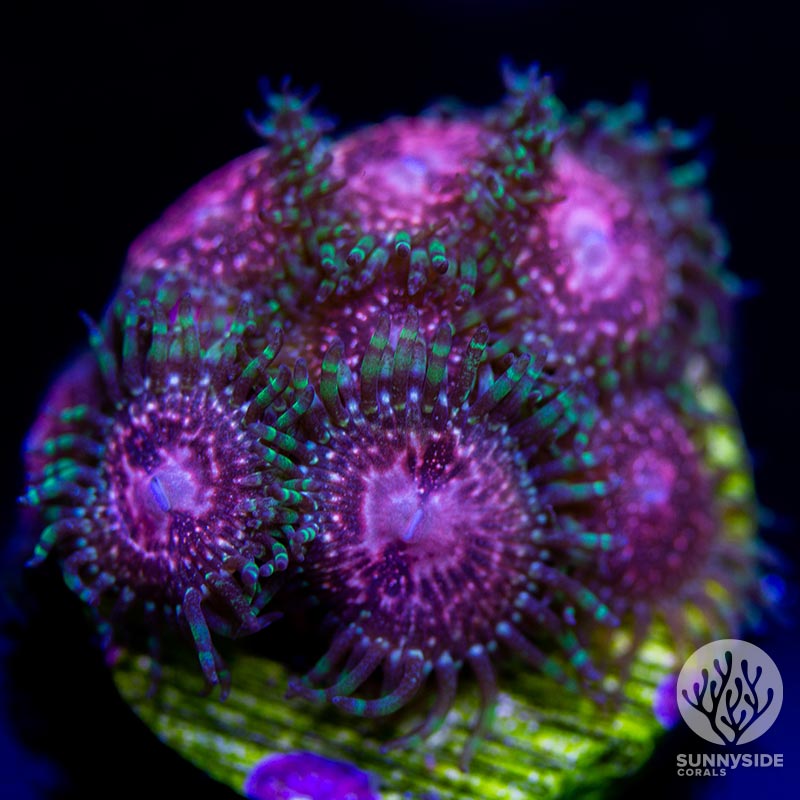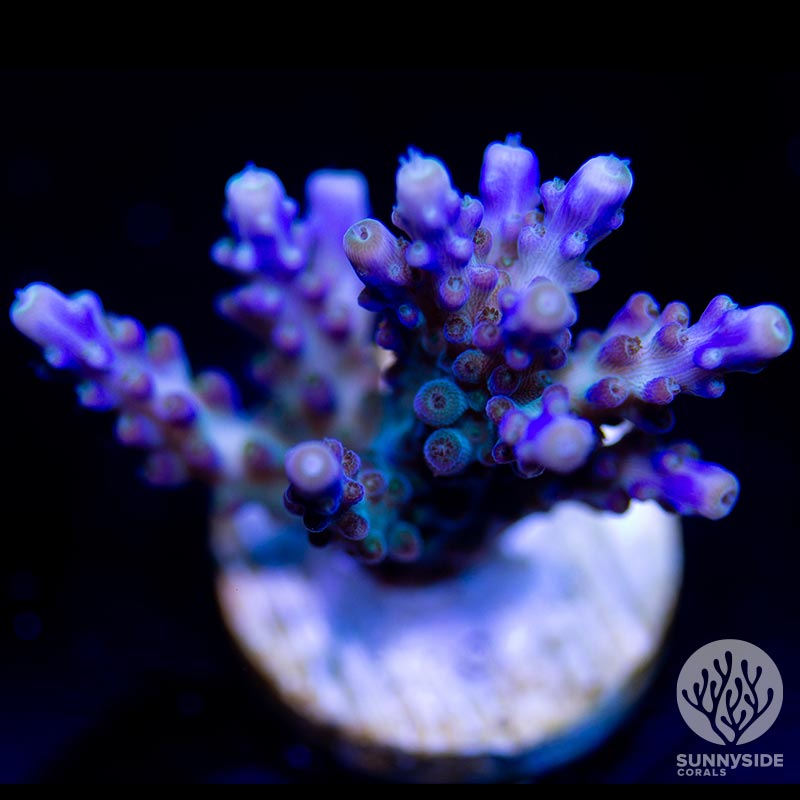Corals are fascinating creatures that are an essential part of our marine ecosystem. They are found in shallow and deep waters around the world and are known for their vibrant colors and intricate structures. Not only are they beautiful parts of the ocean but also can be amazing parts of your home.
Firstly, corals are not plants, but rather animals that belong to the phylum Cnidaria. They are made up of thousands of individual polyps that are connected to each other by a thin layer of tissue. Each polyp has a mouth surrounded by tentacles that are used to capture food and defend against predators. The polyps also have a hard, calcium carbonate skeleton that forms the structure of the coral reef.
Secondly, coral reefs are incredibly diverse ecosystems that support a wide range of marine life. They are often called the “rainforests of the sea” due to their high level of biodiversity. Coral reefs provide food, shelter, and breeding grounds for countless species of fish, invertebrates, and other marine organisms.


What is a Coral?
Corals are fascinating marine invertebrates that belong to the class Anthozoa of the phylum Cnidaria. They are colonial organisms, which means that they are composed of hundreds to hundreds of thousands of individual animals, called polyps. Each polyp has a stomach that opens at only one end. This opening, called the mouth, is surrounded by a circle of tentacles.
Defining a Coral
According to the U.S. Geological Survey, the hard skeleton of coral is formed by the secretion of calcium carbonate by the polyp. The cup-like skeleton deposited by an individual polyp is called a corallite. The term coral is also applied to the skeletons of those animals, particularly to those of the stonelike corals.
Types of Corals
There are many different types of corals, each with its own unique characteristics. Some of the most common types of corals include:
- Stony corals – These are the most common type of coral and are found in shallow waters. They have a hard, stony skeleton and are often brightly colored.
- Soft corals – These corals have a soft, flexible skeleton and are found in deeper waters. They are often brightly colored and have a feathery appearance.
Each type of coral has its own unique characteristics and plays an important role in the marine ecosystem. By learning about the different types of corals, we can gain a better understanding of these fascinating creatures and the important role they play in our oceans.


Anatomy of a Coral
Corals are fascinating creatures that form the basis of some of the most diverse and productive ecosystems on Earth. In this section, we will explore the anatomy of a coral and learn about the different structures that make up these incredible organisms.
Polyps
The basic structural unit of a coral is the polyp, which is a small, cylindrical animal with a mouth and tentacles at one end and a base at the other. Polyps are typically only a few millimeters in size, but they can aggregate together to form large colonies that can be several meters in diameter.
Tentacles
At the top of the polyp is a ring of tentacles that are used to capture food from the water. The tentacles are armed with stinging cells called nematocysts, which can immobilize small prey and deter predators.
Mouth and Gastrovascular Cavity
The mouth of the polyp leads to a gastrovascular cavity, which is a sac-like structure that serves as both the digestive and circulatory system of the animal. Food is broken down in the cavity and nutrients are distributed throughout the body.
Skeletal Structure
Corals secrete a hard, calcium carbonate skeleton that provides support and protection for the polyps. The skeleton is made up of many small cups called corallites, which are formed by the polyps as they secrete calcium carbonate from their bases.
Overall, the anatomy of a coral is a marvel of nature, with intricate structures and systems that allow these animals to survive and thrive in some of the most challenging environments on Earth.
FAQ’s
What is the anatomy of a coral?
Corals are animals that belong to the phylum Cnidaria and the class Anthozoa. They have a simple body structure that consists of a mouth, tentacles, and a stomach. Corals have a hard external skeleton made of calcium carbonate that protects their soft body parts.
What are the 3 main parts of coral?
The three main parts of coral are the polyp, the coenosarc, and the skeleton. The polyp is the individual coral animal that has a mouth, tentacles, and a stomach. The coenosarc is the thin layer of tissue that connects the polyps and allows them to communicate with each other. The skeleton is the hard external structure that is formed by the secretion of calcium carbonate by the polyps.
